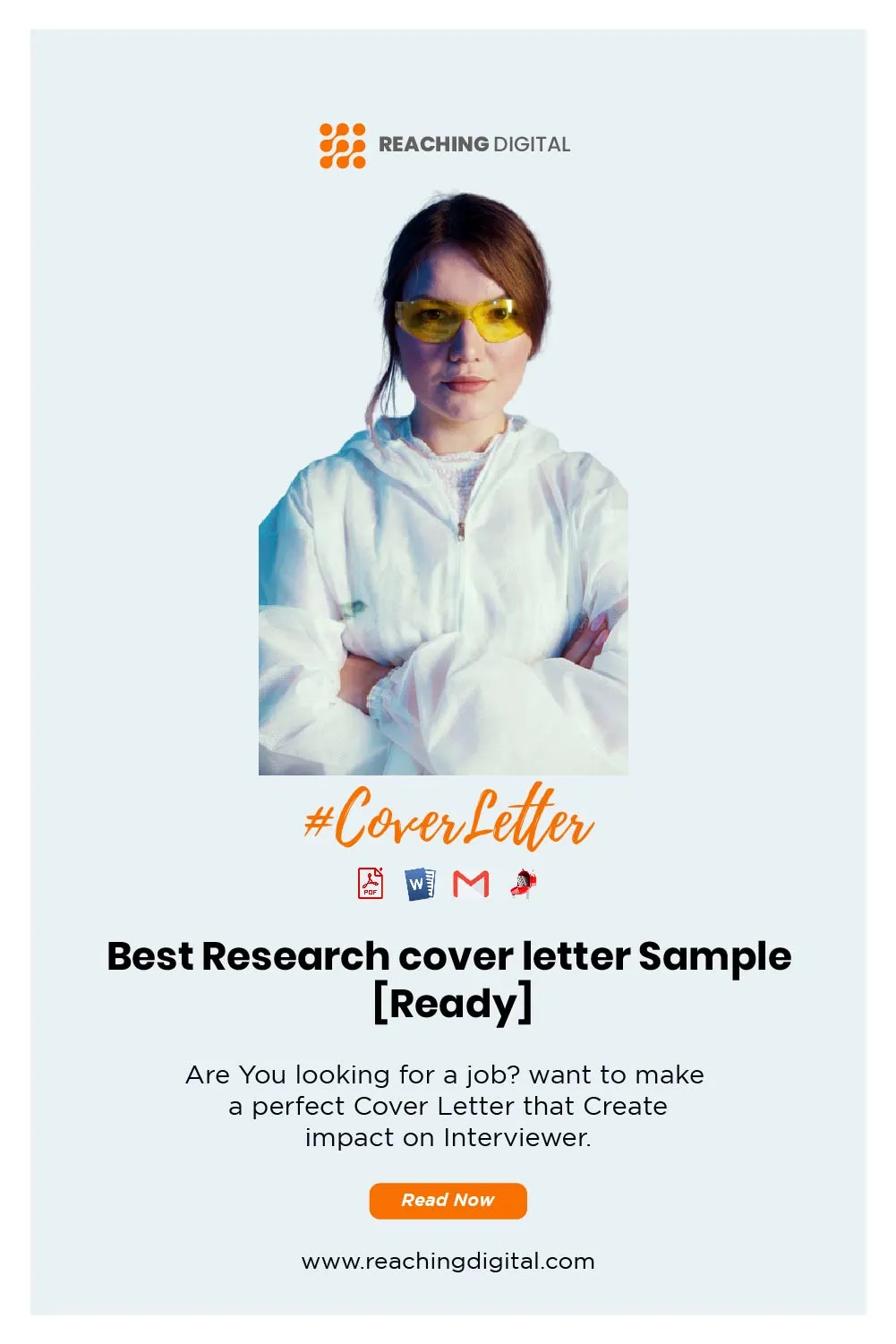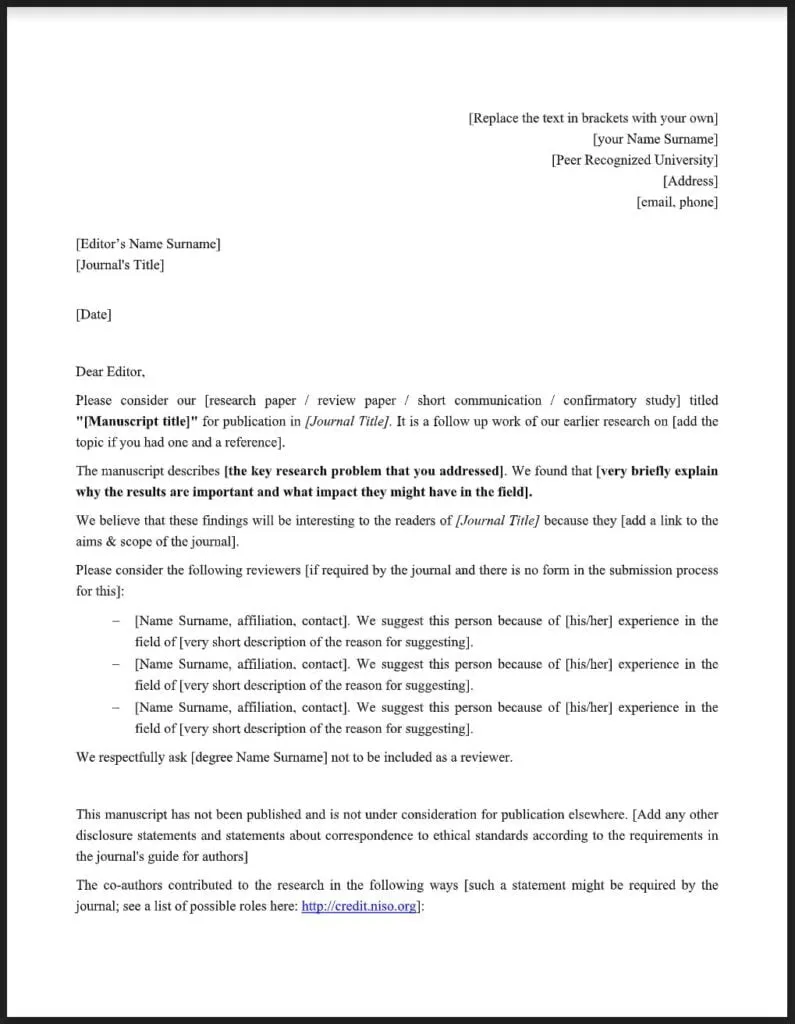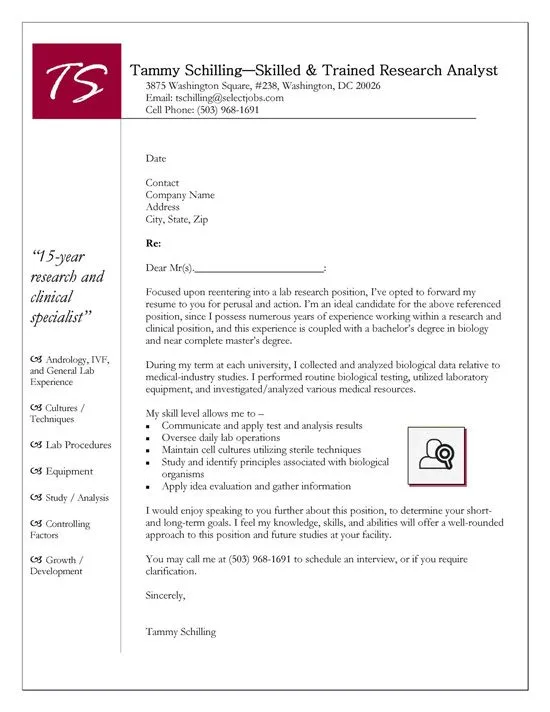Why Research Cover Letters Matter
In the competitive world of research, a well-crafted cover letter is your first opportunity to make a lasting impression. Unlike a resume, which provides a factual overview of your qualifications, a research cover letter allows you to tell your story, demonstrating not just your skills and experience but also your passion for the field and your suitability for a specific role. It’s a chance to showcase your personality, communicate your research interests effectively, and persuade the hiring committee that you’re the ideal candidate. A strong cover letter can set you apart from other applicants and significantly increase your chances of securing an interview. It’s your chance to shine, making a compelling case for why you deserve the opportunity.
Understanding the Purpose of a Research Cover Letter
The primary purpose of a research cover letter is to introduce yourself, highlight your qualifications, and express your interest in a specific research position or opportunity. It serves as a bridge between your resume and the hiring committee, offering a more in-depth explanation of your skills, experiences, and career goals. Your cover letter should be tailored to the specific requirements of the position and the institution, demonstrating that you’ve carefully considered the opportunity and understand what the employer is looking for. Moreover, a cover letter provides a space to elaborate on specific research projects, explain gaps in your employment history (if any), and connect your skills to the role’s requirements. It is a critical document for getting your foot in the door and making the cut.
Key Components of a Compelling Research Cover Letter

A successful research cover letter is built on several key components, each designed to capture the reader’s attention and convey your suitability for the role. These include a professional header with your contact information, a personalized salutation, a strong opening paragraph that immediately grabs the reader’s attention, and compelling body paragraphs that highlight your relevant research experience, skills, and accomplishments. You should also include a closing paragraph that reiterates your interest, expresses gratitude for the opportunity, and provides your contact information. Each component should be meticulously crafted to create a cohesive and persuasive narrative that showcases your qualifications and enthusiasm for the position. Be sure to use the language the company uses to demonstrate that you understand their core principles.
Header and Contact Information
Your cover letter should begin with a professional header that includes your full name, address, phone number, and email address. This information should be clearly displayed at the top of the document, ensuring that the hiring committee can easily contact you. Ensure the header matches the resume’s header for consistency. Consider including a link to your online portfolio or professional website, if applicable, to provide the reviewers with quick access to your work samples. This is a standard part of a formal communication, and it allows the hiring team to reach you with ease. Use a clear and readable font for your contact information.
The Salutation Addressing the Hiring Manager
Addressing your cover letter to the specific hiring manager or committee is crucial. If possible, research the name of the person responsible for reviewing applications and use their name in the salutation (e.g., “Dear Dr. Smith”). If you’re unable to find a specific name, use a professional salutation such as “Dear Hiring Committee” or “Dear Search Committee.” Avoid generic salutations like “To Whom It May Concern,” as they can make your application seem impersonal. This shows that you have taken the time to research the opportunity and are genuinely interested in the position. Personalizing your letter demonstrates that you are proactive and detail-oriented, which are valuable qualities in research.
Crafting a Strong Opening Paragraph

The opening paragraph is your first chance to capture the reader’s attention and make a positive impression. Start by clearly stating the position you are applying for and where you found the advertisement. Briefly mention your most relevant qualifications and express your enthusiasm for the opportunity. Consider including a brief statement about your research interests and how they align with the institution’s goals. This paragraph should be concise, engaging, and tailored to the specific role. By starting strong, you set the tone for the rest of your cover letter and encourage the hiring committee to continue reading. Your opening statement should be about your interest in the position and why you believe you are a perfect fit.
Highlighting Your Research Experience and Skills
In the body of your cover letter, focus on highlighting your relevant research experience and skills. Provide specific examples of your projects, methodologies, and results. Use action verbs to describe your accomplishments, such as “conducted,” “analyzed,” “developed,” and “published.” Tailor your description to match the requirements outlined in the job description, emphasizing the skills and experiences that are most relevant to the role. Quantify your accomplishments whenever possible, providing specific data and metrics to demonstrate your impact. For instance, state the number of publications, presentations, or grant awards you’ve achieved. These examples offer valuable insights to the reader.
Showcasing Relevant Projects and Achievements
Go into detail about the research projects you’ve been involved in, highlighting your role, the objectives, methodologies, and outcomes. Provide concise summaries of your projects, emphasizing your contributions and the impact of your work. Include any publications, presentations, or awards you’ve received. Use specific examples to showcase your technical skills, such as data analysis, experimental design, or software proficiency. By showcasing your projects and achievements, you provide concrete evidence of your ability to conduct research and contribute to the field. Include a link to your portfolio. Remember, the goal is to demonstrate your capacity.
Quantifying Your Accomplishments

Whenever possible, quantify your accomplishments to provide concrete evidence of your impact. Use numbers and data to demonstrate your achievements. For example, state the number of publications you’ve authored, the impact factor of the journals in which your work has appeared, the amount of funding you’ve secured, or the number of presentations you’ve given. Quantifying your accomplishments adds credibility to your claims and helps the hiring committee understand the scope and significance of your contributions. Numbers can make your achievements more tangible and memorable.
Tailoring Your Cover Letter to the Specific Position
A generic cover letter is unlikely to impress a hiring committee. Tailor your cover letter to each specific position by carefully reviewing the job description and aligning your skills and experience with the stated requirements. Highlight the qualifications and experiences that are most relevant to the role, and use the same keywords and phrases that are used in the job description. Address the specific needs and priorities of the institution or research group, and explain how your skills and interests align with their goals. Customizing your cover letter demonstrates that you’ve taken the time to understand the opportunity and are genuinely interested in the position.
Researching the Institution and the Specific Role
Before submitting your application, research the institution and the specific role. Understand the institution’s mission, values, and research priorities. Explore the work of the research group or department you’re applying to, and identify any faculty members whose research aligns with your interests. This will help you tailor your cover letter to the specific needs and priorities of the institution. Demonstrate your knowledge of the institution and the role by referencing specific projects, publications, or initiatives. This shows that you’ve done your homework and are genuinely interested in the opportunity. You will also be able to understand what the institution is looking for in the perfect candidate.
Demonstrating Your Fit for the Research Team

In addition to showcasing your skills and experience, demonstrate your ability to work collaboratively and contribute to a research team. Highlight any experience you have working in a team environment, and describe how you’ve collaborated with others on research projects. Mention any leadership roles you’ve held, and provide examples of your communication, problem-solving, and interpersonal skills. Express your interest in working with the research group and contributing to its overall goals. This demonstrates that you’re not just a skilled researcher but also a team player who can work effectively with others.
Expressing Your Enthusiasm and Interest
Throughout your cover letter, express your enthusiasm for the position and your genuine interest in the research. Show that you’re excited about the opportunity to contribute to the field and work with the research team. Use language that conveys your passion, such as “I am particularly excited about,” “I am eager to,” or “I am confident that.” Tailor your expression of enthusiasm to match the tone of the job description and the values of the institution. Demonstrating your enthusiasm can make a strong impression and increase your chances of being selected for an interview. Be genuine and let your passion for research shine through.
Writing a Powerful Closing Paragraph
The closing paragraph is your final opportunity to reinforce your interest and make a lasting impression. Reiterate your enthusiasm for the position and express your gratitude for the hiring committee’s time and consideration. Summarize your key qualifications and reiterate your belief that you are a strong fit for the role. Include a call to action, such as expressing your availability for an interview and providing your contact information. Keep the closing paragraph concise, professional, and memorable. A strong closing reinforces the positive impression you’ve created throughout your cover letter.
Thanking the Reader and Providing Contact Information

In your closing paragraph, thank the hiring manager or committee for their time and consideration. Express your appreciation for the opportunity to be considered for the position. Restate your contact information, including your email address and phone number, to make it easy for the hiring committee to reach you. You can also include a brief statement about your availability for an interview. Thanking the reader and providing your contact information is a standard and essential element of a professional cover letter.
Proofreading and Editing Your Cover Letter
Proofreading and editing your cover letter is critical to ensure that it is free of errors and presents a polished and professional image. Carefully review your letter for any grammatical errors, spelling mistakes, or typos. Check for consistency in formatting, such as font size, spacing, and margins. Consider having a trusted colleague or mentor review your letter for clarity, accuracy, and overall effectiveness. A well-proofread and edited cover letter demonstrates your attention to detail and commitment to quality. A single error can undo all of the hard work you’ve invested.
Common Mistakes to Avoid in Research Cover Letters
Avoid common mistakes that can undermine your application. These include generic cover letters that are not tailored to the specific position, typos and grammatical errors, excessive length, and a lack of focus. Don’t simply reiterate your resume; instead, use your cover letter to tell your story and showcase your unique qualifications. Be concise and clear in your writing, and ensure that your cover letter is well-organized and easy to read. By avoiding these common pitfalls, you can significantly improve your chances of success. Be sure to review all of your information.
Using Action Verbs Effectively

Use strong action verbs to describe your accomplishments and contributions. Action verbs add impact and dynamism to your writing, making your cover letter more engaging and persuasive. Instead of stating, “I was responsible for,” use action verbs such as “managed,” “led,” “developed,” “implemented,” “analyzed,” or “designed.” Choose action verbs that accurately reflect your role and responsibilities. These verbs add precision and depth to your description, illustrating the candidate’s ability and experience. By incorporating dynamic verbs, the cover letter will be more persuasive.
Formatting and Presentation Tips
Ensure your cover letter is well-formatted and visually appealing. Use a professional and readable font, such as Times New Roman or Arial, with a font size of 11 or 12 points. Use consistent spacing and margins throughout the document. Break up large blocks of text into shorter paragraphs to improve readability. Use bullet points to highlight key skills, accomplishments, or responsibilities. A well-formatted cover letter is easy to read and creates a positive first impression. The format should match the resume’s format.
Formatting Your Cover Letter for Readability
Structure your cover letter for optimal readability. Use clear headings and subheadings to organize your content and guide the reader through your key points. Use short paragraphs to break up large blocks of text. Use bullet points or numbered lists to highlight key skills, accomplishments, or responsibilities. Ensure that your cover letter is easy to scan and that the most important information is readily apparent. A readable cover letter is more likely to capture the reader’s attention and hold their interest. The ultimate goal is to keep it easy for the reader.
